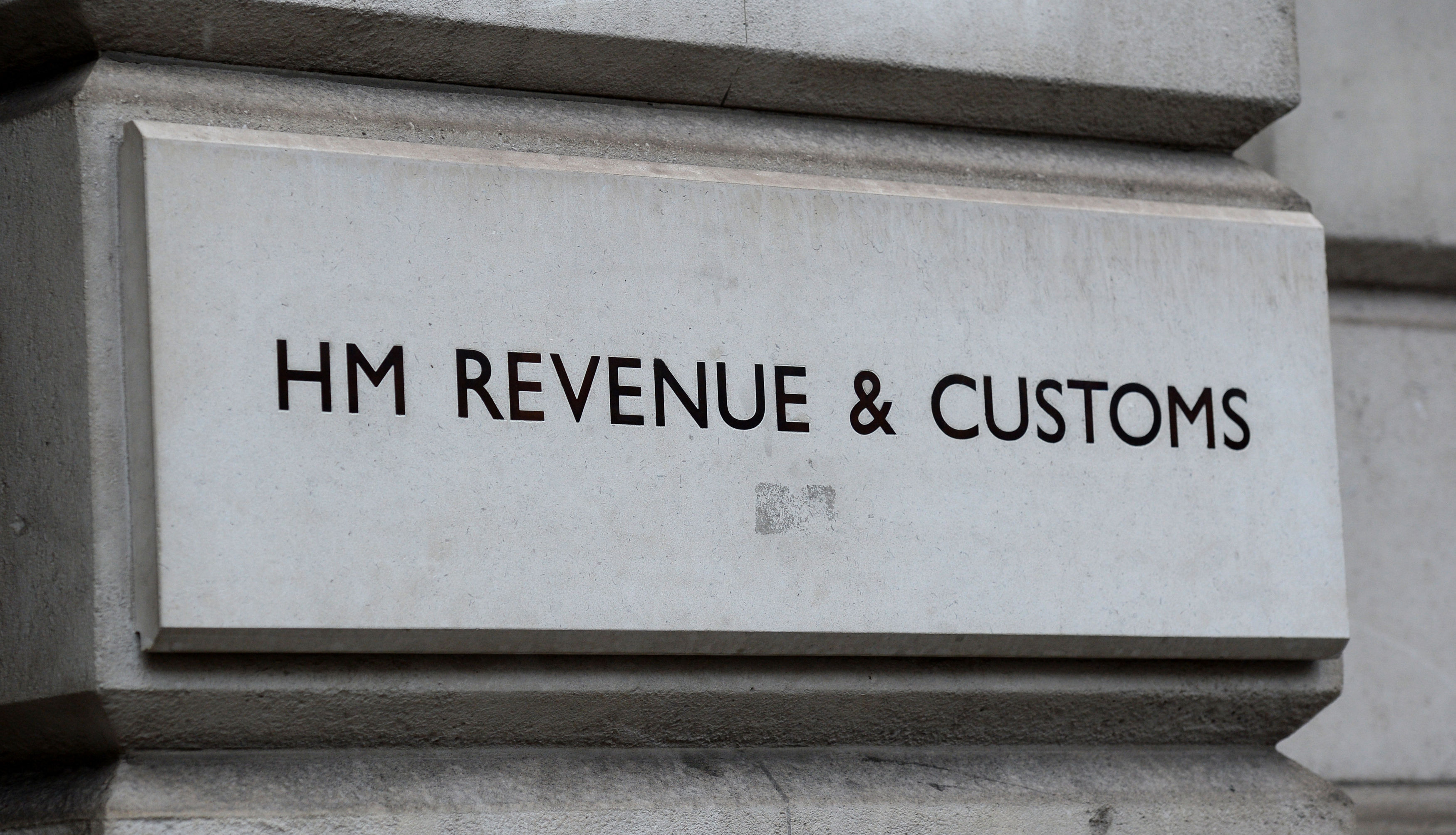
MORE than 20,000 malicious websites posing as the taxman have been taken down in the past 12 months following requests made by HM Revenue and Customs.
HMRC requested a record 20,750 malicious websites to be taken down in the past 12 months, an increase of 29% on the previous year.
It is warning people to stay alert as it said millions of taxpayers remain at risk of losing substantial amounts of money to online crooks.
The warning comes as Scams Awareness month, run by Citizens Advice across June, draws to a close.
HMRC is reminding people that genuine organisations such as itself and banks will never contact people out of the blue to ask for their Pin, password or bank details.
People should not give out private information, download attachments or click on links in emails and messages they were not expecting, it said.
Suspect emails claiming to be from HMRC should be forwarded to phishing@hmrc.gsi.gov.uk.
Suspicions about scams should be reported to Action Fraud.
HMRC cracks down on fraudsters creating copycat sites that target the public
Mel Stride, the Financial Secretary to the Treasury said: “The criminals behind these scams prey upon the public and abuse their trust in government. We’re determined to stop them.
“HMRC is cracking down harder than ever, as these latest figures show.
“But we need the public’s help as well.
“By doing the right thing and reporting suspicious messages you will not only protect yourself, you will protect other potential victims.”
A common type of scam involves offers of a “tax refund”.
In reality, HMRC does not offer tax refunds by text message or by email.
It has also been trialling new technology which identifies phishing texts which suggest they are from HMRC and stops them from being delivered.
Since the pilot began in April 2017, there has been a 90% reduction in people reporting spoof HMRC-related texts.
In November 2016, the department implemented a verification system, called DMARC, which allows emails to be verified to ensure they come from a genuine source.
The system has successfully stopped half a billion phishing emails reaching people.
HMRC said it has also successfully challenged the ownership of websites which masquerade as official websites and direct people to call telephone numbers with high costs.

Enjoy the convenience of having The Sunday Post delivered as a digital ePaper straight to your smartphone, tablet or computer.
Subscribe for only £5.49 a month and enjoy all the benefits of the printed paper as a digital replica.
Subscribe